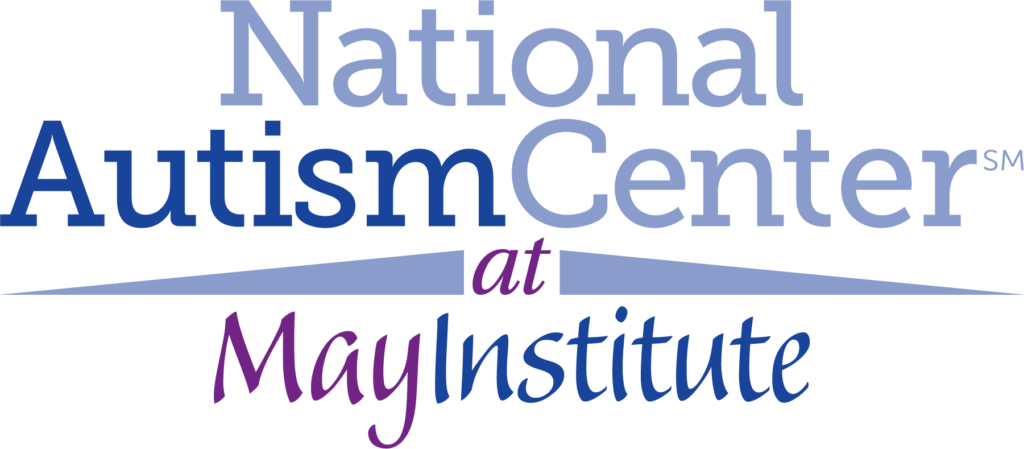Recent posts
Autism Rate Rises to One in 36 Children in the U.S. According to the CDC
Randolph, Mass. – One in 36 children in the United States (2.8%) is estimated to have autism spectrum disorder (ASD), according to a report recently released by the Centers for Disease Control and Prevention (CDC). That number is up from one in 44 (2.3%) just two years ago.
For the first time since the CDC began collecting data on the prevalence of ASD in 2000 – when the prevalence of autism was estimated to be one in 150 children – the most recent analysis revealed that Black, Hispanic, Asian, and Pacific Islander children are being diagnosed with autism more frequently than are White children. In the past, autism was diagnosed most often in white children from middle- and upper-income families.
“We can’t say for sure, but we suspect this is due to increased awareness leading to more children being identified with autism,” Karen Remley, M.D., M.B.A., M.P.H., FAAP, Director of the CDC’s National Center on Birth Defects and Developmental Disabilities, said in a press conference.
Boys continue to be four times more likely to be diagnosed with ASD than girls, but the prevalence of autism among 8-year-old girls exceeded 1% for the first time.
This year’s updated numbers, published in the CDC’s Morbidity and Mortality Weekly Report, are based on data collected in 2020 by the CDC’s Autism and Developmental Disabilities Network from health and educational records of 8-year-olds living in 11 communities across America.
The CDC also looked at the occurrence of autism in 4-year-old children. The reason for this separate analysis is that children were increasingly being diagnosed with autism at a younger age. This report, also looking at data from 2020, showed a decline in early detection of ASD that was attributed to COVID-19.
“Disruptions due to the pandemic in the timely evaluation of children and delays in connecting children to services and support they need could have long-lasting effects,” said Dr. Remley. “The data in this report can help communities better understand how the pandemic impacted early identification of autism in young children and anticipate future needs as these children get older.”
Dr. Cynthia Anderson, Director of the National Autism Center at May Institute, says, “The latest data from the CDC indicate that children from traditionally under-represented groups may now be receiving autism evaluations more often than before, which we hope will translate into earlier and better access to appropriate supports for these children and their families.”
She went on to say, “Early diagnosis is important because it will allow parents and other care providers insight into a child’s neurotype, allowing them to provide appropriate accommodations and interventions for the child to help the child thrive.”
Learn the early signs of autism.
For information about evidence-based treatments for autism spectrum disorder, visit www.nationalautismcenter.org

